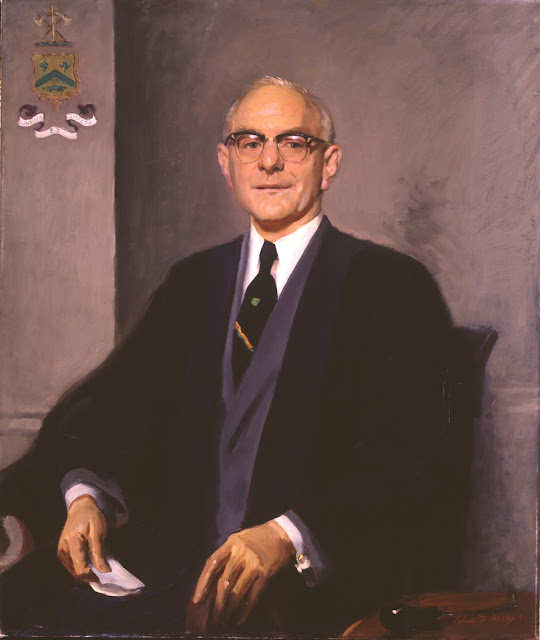Corrigan's Button
Having discovered an example of Corrigan’s Button in a box of medical instruments last week, it seemed a good time to do some research into exactly what it was used for.
Corrigan designed his button in the mid-1840s, and published an account of its use in the Dublin Hospital Gazette in 1846. He described the item in detail as
‘very portable, consisting of a thick iron wire shank, of about two inches long, inserted in a small wooden handle, having on its extremity, which is slightly curved, a disc or button of iron, a quarter of an inch thick, and half an inch in diameter’.[1]
Corrigan stated very clearly that his button was not to be used for cauterising but for counter-irritation treatment. The mildly heated device would be applied to the skin to relieve pain in the muscle or joints of that area. In his 1846 article Corrigan reports on the use of his button in a case of paralysis caused by the accidental swallowing of arsenic. The patient had paralysis of the hands, thigh and leg muscles, which were also wasted. Corrigan treated him with daily application of the button over the spine, thighs and legs. Within three days Corrigan reported that the patient had recovered considerable power in the arms, and the following day could walk. He was released after a month in hospital “in perfect health and strength”.
Interestingly we have an artistic representation of Corrigan’s Button in our collections, not, as might be expected, in one of our portraits of Corrigan. In the 1980s The Corrigan Club presented a portrait of their former chair, and RCPI’s former President, Ivo Drury to the College. Dr Drury is painted with Corrigan’s coat of arms behind him, and a Corrigan’s Button on the table in front of him.
 |
| Portrait of Ivo Drury by John F Kelly (RCPIP/64) |
[1] Quoted in J D H WIddess, ‘Corrigan’s Button’ published in the Irish Journal of Medical Science, March 1967.